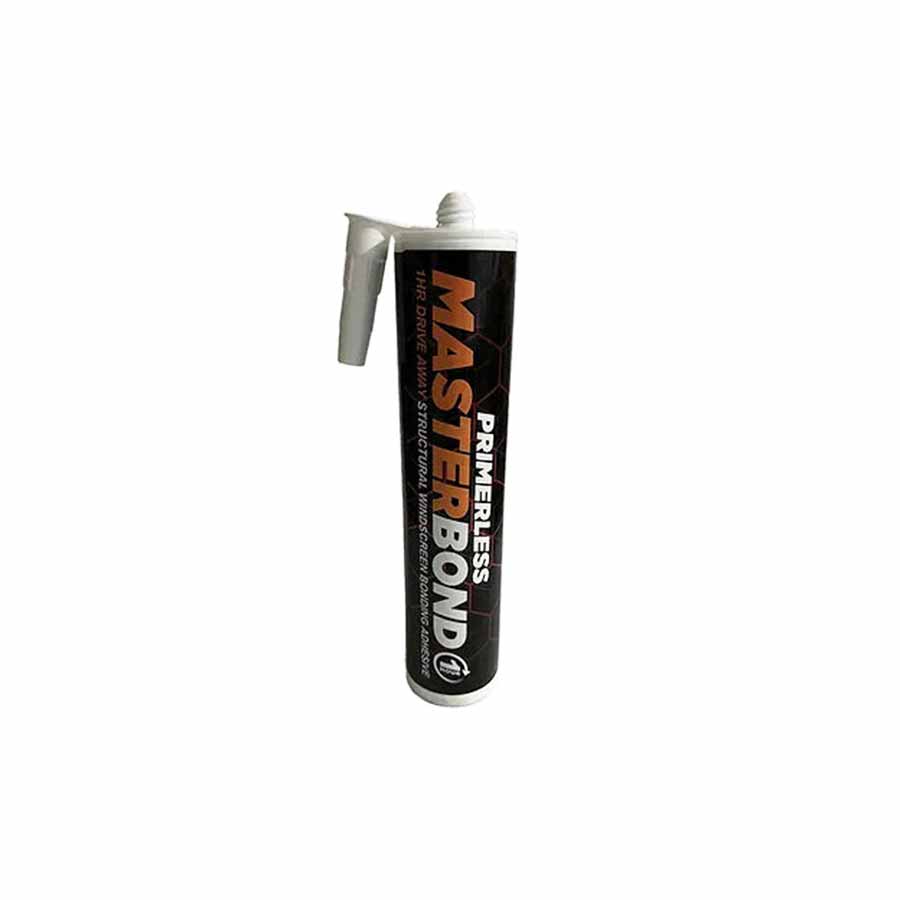
Mitsubishi Lancer Evo 1/2/3 Polycarbonate Windows
Create your ideal windows below, or contact the team if you have a specific requirement.
Customise your windows:
Note: Unless stated, all windows are sized to fit into rubber seals. If you need bolt-in sizing, then please contact us.
Shipping calculated at checkout.
UK orders ship in 3 weeks (4 for hard-coated). Delivery in 3–5 working days.
Couldn't load pickup availability

Product information
Race Plastics polycarbonate windows are handcrafted to order by our expert UK team. Designed for motorsport and high-performance use, they’re lightweight, tough, and completely shatterproof—unlike glass or standard acrylics, which can crack under stress.
Our standard windows use 4mm polycarbonate to meet Motorsport UK regulations. We also offer 5mm options that are FIA compliant, plus hard-coated variants for added durability and resistance to scratching.
All windows are available in clear, bronze, or grey tint to suit your vehicle’s design. You can also add window sliders to either or both front doors, depending on your setup.
Window Sliders
Each slider kit is made from the same polycarbonate as your chosen windows. Designed for both driver and passenger sides, these sliders are reliable, practical, and easy to install.
Choose between:
- Three-position locking with a smooth, rattle-free action
- Simple two-position setup for fast and secure use
Sliders are engineered to avoid scratching and sit flush with your window kit. Ideal for improving airflow on track days or road builds. More info is available on our Window Slider Kits page.
Shipping times
Once your order’s confirmed, we’ll get started. Most standard orders are manufactured and dispatched within 3 weeks. Custom or hard-coated versions may take a little longer—we’ll contact you with a lead time. If you need your order by a specific date, let us know and we’ll aim to meet it.
Can I fit the windows myself?
Yes, installation is usually straightforward. There are helpful videos online, and our windows are designed to fit into standard rubber seals unless otherwise noted. If you need bolt-in variants, just contact us.
Can I collect my order?
Collection from our UK facility is available by arrangement. Most international orders are shipped, but we’re happy to sort collection if needed—just get in touch.
Want to change your order?
Reach out as early as possible. We’ll always try to accommodate changes, but if manufacturing has already started, there may be a charge.
Key product info:
-
Expertly crafted in the UK
All of our windows and sliders are hand made to order by our team in the UK.
-
Motorsport compliant
Our standard windows are made from UK compliant 4mm Polycarbonate.
-
FIA & hard-coated options
We also offer FIA compliant 5mm & hard-coated options.
-
Road legal warning
Always check your local vehicle regulations before fitting.
Not found what you need?
Need a single window, or have a special requirement, no problem. Just let us know what you need.
The Mitsubishi Lancer Evo 1/2/3 rally car
The Mitsubishi Lancer Evolution didn’t just arrive, it erupted onto the scene, changing the landscape of rallying and performance cars forever. When Mitsubishi unveiled the Evolution I in 1992, they weren’t just introducing another sports sedan; they were laying the foundation for a dynasty that would terrorise rally stages, dominate street races, and build an almost mythical reputation among car enthusiasts.
At its core, the Evo was born out of necessity. Mitsubishi had been competing in the World Rally Championship (WRC) with the Galant VR-4, a respectable machine but ultimately too large and heavy to fight against the smaller, more agile competition. The solution was simple: take the Galant’s turbocharged 4G63 engine and advanced all-wheel-drive system and drop them into the smaller, lighter Lancer chassis. The result was a rally weapon, a car engineered for one purpose: to win.
The Evolution I was a monster by early ‘90s standards. Powered by the now-legendary 2.0-litre turbocharged 4G63 inline-four, it produced 244 horsepower and 309Nm of torque, numbers that weren’t just impressive, they were downright aggressive for a compact sedan. But the real magic came in the way it delivered that power. The viscous coupling all-wheel-drive system provided insane levels of grip, allowing the Evo to attack corners with an almost supernatural ability. The combination of power, lightweight construction, and relentless traction meant that, on both road and rally stage, the Evo was a force to be reckoned with.
From the very beginning, the Evo was built for motorsport. Mitsubishi produced just 5,000 units of the Evo I to meet Group A homologation requirements, ensuring that the road-going version shared as much DNA as possible with its rallying counterpart. It was raw, mechanical, and demanding, it didn’t coddle the driver, it dared them to push harder, brake later, and trust the grip.
Mitsubishi didn’t waste any time making improvements. In 1994, the Evolution II was unleashed, refining what was already a brutally effective machine. Power crept up to 256 horsepower, but it was the chassis tweaks, widened track, and revised suspension geometry that made the biggest difference. The car felt sharper, more precise, and more confident at high speeds. The wheelbase was slightly longer, improving stability, and the weight distribution was fine-tuned to make the Evo even more agile. While the exterior remained similar, the car underneath was evolving rapidly, becoming leaner, meaner, and even more capable.
By 1995, Mitsubishi had perfected their formula. The Evolution III arrived, and suddenly, it wasn’t just a competitor, it was a serious WRC contender. This version was the most aggressive yet, featuring a more powerful 4G63 engine producing 270 horsepower, thanks to a larger turbocharger, an upgraded intercooler, and enhanced fuel injection. The front bumper was redesigned to increase airflow to the intercooler, while a more pronounced rear wing and aerodynamic tweaks gave the car better high-speed stability.
But numbers and specs don’t tell the whole story. What made the Evo III truly special was how it felt to drive. The boost came on hard, delivering an addictive surge of power that pinned you back in the seat. The unassisted steering gave you pure, undiluted feedback from the road. The four-wheel-drive system made you feel invincible, allowing you to power through bends at ridiculous speeds with complete confidence. Every input from the driver, throttle, steering, braking, was met with immediate, razor-sharp response.
This wasn’t just a car, it was an experience. It demanded your full attention, rewarded bravery, and had a personality that made every drive feel like an event. It wasn’t refined. It wasn’t comfortable. It didn’t care about luxury or daily usability. It was built to go fast, and it did that better than almost anything else in its class.
On the rally stage, the Evolution III started to make waves. With Tommi Mäkinen at the wheel, the Evo took victory at Rally Sweden and Rally Australia in 1996, proving it was capable of going toe-to-toe with the likes of Subaru’s Impreza, Toyota’s Celica GT-Four, and Ford’s Escort Cosworth. It was clear now, Mitsubishi had a real contender, and their dominance was just beginning.
These first three generations of the Lancer Evolution were raw, uncompromising machines, built with rallying in mind first and foremost. There were no unnecessary electronic assists, no excessive weight-adding luxuries, just pure mechanical engineering designed for maximum performance. The later Evos would become more refined, more powerful, and more technologically advanced, but these first three had a purity that modern performance cars have long since lost.
Even today, the Evo I, II, and III remain some of the most sought-after performance cars, especially for those who crave an unfiltered, analogue driving experience. Their lightweight chassis, mechanical grip, tunability, and motorsport pedigree make them icons of the turbocharged AWD era. They weren’t just fast for their time, they were game-changers.
Owning one today isn’t just about nostalgia, it’s about understanding where the Lancer Evolution story truly began. These weren’t cars for the faint-hearted. They weren’t designed to be comfortable daily drivers. They were built for people who wanted to feel every bit of the road, every shift, every turbo surge. They were machines that made you a better driver, or punished you if you got it wrong.
If you ever get the chance to drive one, don’t hold back. Because the first three Lancer Evolutions weren’t just fast cars, they were the spark that ignited one of the greatest performance car legacies of all time. And once you experience one, you’ll understand why the Evo name still carries so much respect today.

Thought about a slider kit?
Our easy retro fit window slider kits are the essential addition to your racing windows with standard and advanced kits available.
Need Glue for your New Windows?

Windscreen Bonding Adhesive - Primerless & Drive within 1 hour

Let customers speak for us
from 11 reviewsGreat screen
Well made product
Hi Jim.
Yes mate the windows look Awesome,haven't fitted them yet but some time in November.
Was really pleased to find out that the sliders were already fitted to the Windows.
Glad I chose the Ballbearing lock system.
Won't get to Hot in the Car now.
Thanks again,service was 1st Class.
Many thanks.
Steve Woods.
Very helpfull
Nicely finished, very well packed, arrived on time and great value. Thanks!
Windows are easy to fit and look good
Would highly recommend Race plastics. I have used them now on 3 occasions, their products and their customer service are the best I have used, Thank you R.P....
Perfekt fitting, fast delivery.
Thank You.
Want some Window Advice?
-
Why Polycarbonate Windows?
Find out whyLearn about what polycarbonate windows are, what benefits they offer and why you should use them.
-
Perspex or Polycarbonate Windows?
Find out which oneFind out which you should use for your race windows, why, and which one will protect you the most whilst racing.
-
Our Frequently Asked Questions
Find out moreGet the answers to key questions on products and services, including deliveries, collections and timescales.
Need help with Mitsubishi Lancer Evo 1/2/3 windows?
We love helping our customers find what they need - we are dedicated to making sure you enjoy your passion to the most.

